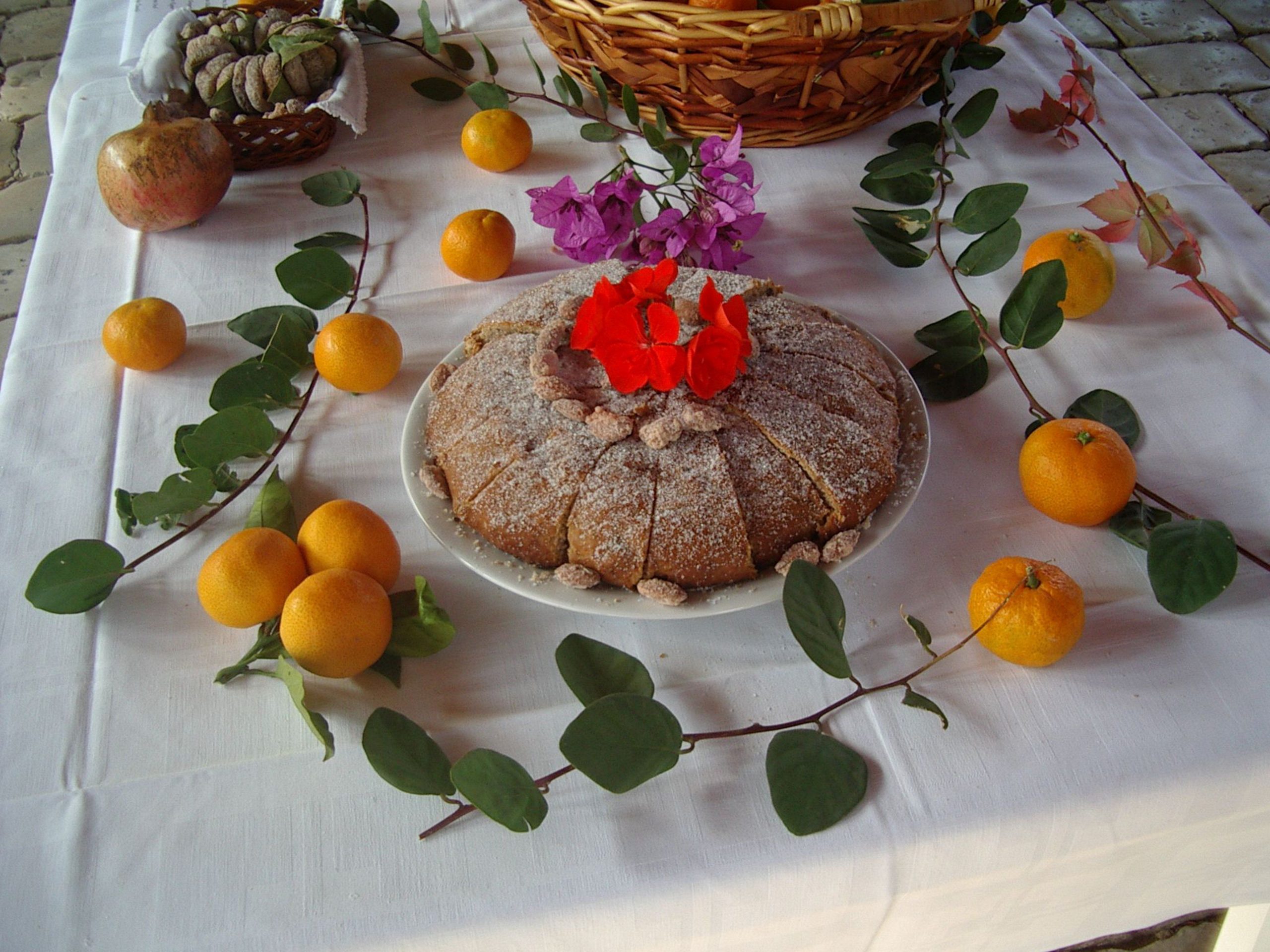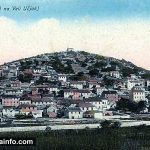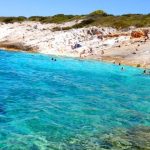Our next article on what you must see on Korčula will give you ideas of what to do in Blato.
1) Linden tree line – That is most probably the first thing you’ll notice when you come to Blato is a line of trees along the main road that goes through Blato. It was planted in 1911 and has had a chance to grow and become impressive as it is today. It is the second longest linden tree line in Europe – right after the famous Berlin’s Unter den Linden boulevard. Another notable plant specimen to see in Blato are several cork oak trees that can be found in the centre of the town, which are amongst the extremely rare specimens of that tree in Croatia. Maybe one of the biggest wine producing regions of Croatia from the past is to be expected to have the few specimens of a tree that is closely linked to wine production!
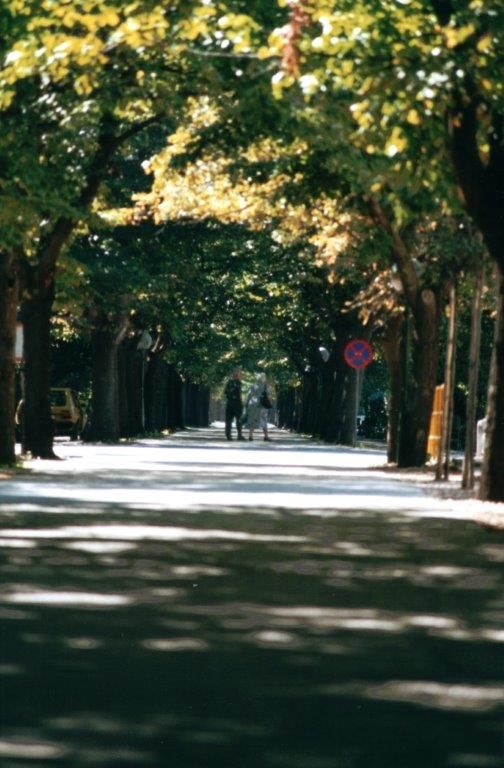
2) Another thing you’ll probably notice once you spend any sort of time and Blato and find out a bit about the place is how it seems like an odd combination of a village and a town. It was a village, but quite a large one, and at its peak (in 1920’s) it had over 8000 inhabitants which made it the sixth biggest settlement in Dalmatia at one point. Then came the phylloxera, wine production was practically destroyed over night, and people simply – left. It must’ve been quite a sight, a place to lose half of its inhabitants in a few years, but things took another, brighter turn for Blato after the World War II, with the growth of agriculture and industry. Today, it still has a feel of a small town, with kindergartens, two elementary schools and a highschool, a lot of cultural events and a slew of amazing churches, town-houses and mansions.
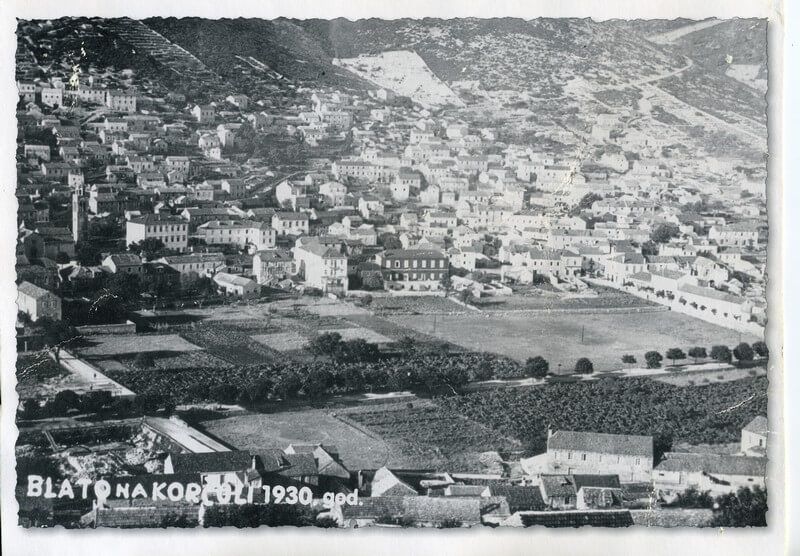
photo from tzo-blato.hr website
3) Chivalrous Society “Kumpanija” (translates to “Companions”) is one of several groups in Blato dedicated to preserving and maintaining cultural and historical heritage. It is one of several dance troupes on Korčula that keep the tradition of sword dances (the best known one is, of course, Moreška from Korčula). In Blato’s Kumpanija dance the two armies have a fight, and after the fight is over the soldiers dance with girls! The most festive performance of Kumpanija is in late April, to celebrate the parton-saint of the town, St. Vicenza, but you can see it performed during the summer as well on the main square in Blato, called Plokata (the main square in Korčula has the same name).
4) Etno kuća Barilo is a folk museum, located in the centre of Blato, an ethographic collection of objects from the past collected and displayed in one house. Many of the objects in the collection serve to remind us of the peasant way of life, which was how people of Blato lived in the past, showing mostly everyday objects that would be found in the home. The outdoor portion of the collection is dedicated to the tools for agriculture and fishing, which is how most people of Blato made their living in the past. The collection was put together by the Marinović Barilo family, who still runs it today and who are happy to talk about the treasures they were able to collect and present to the public.

Photo from http://www.korcula-barilo.com website
5) Blatska lumblija – a very special type of cake, made almost exclusively in Blato, it still serves as a reminder of the part of Korčula’s past, when it was ruled by the French. An adorable story of love, army and remembering is said to be behind the cake’s name, and it’s still made using a traditional recipe. Various summer fruits are used, almonds, walnuts, raisins, carob and orange and lemon zest, spices such as nutmeg and cinnamon are added. Secret ingredient is “varenik”, a sweet syrup that you get when you slowly boil wine must before it ferments into wine. Traditionally lumblija is made for the All Saint’s day, but these days there are several bakeries where you can buy it all year round.
